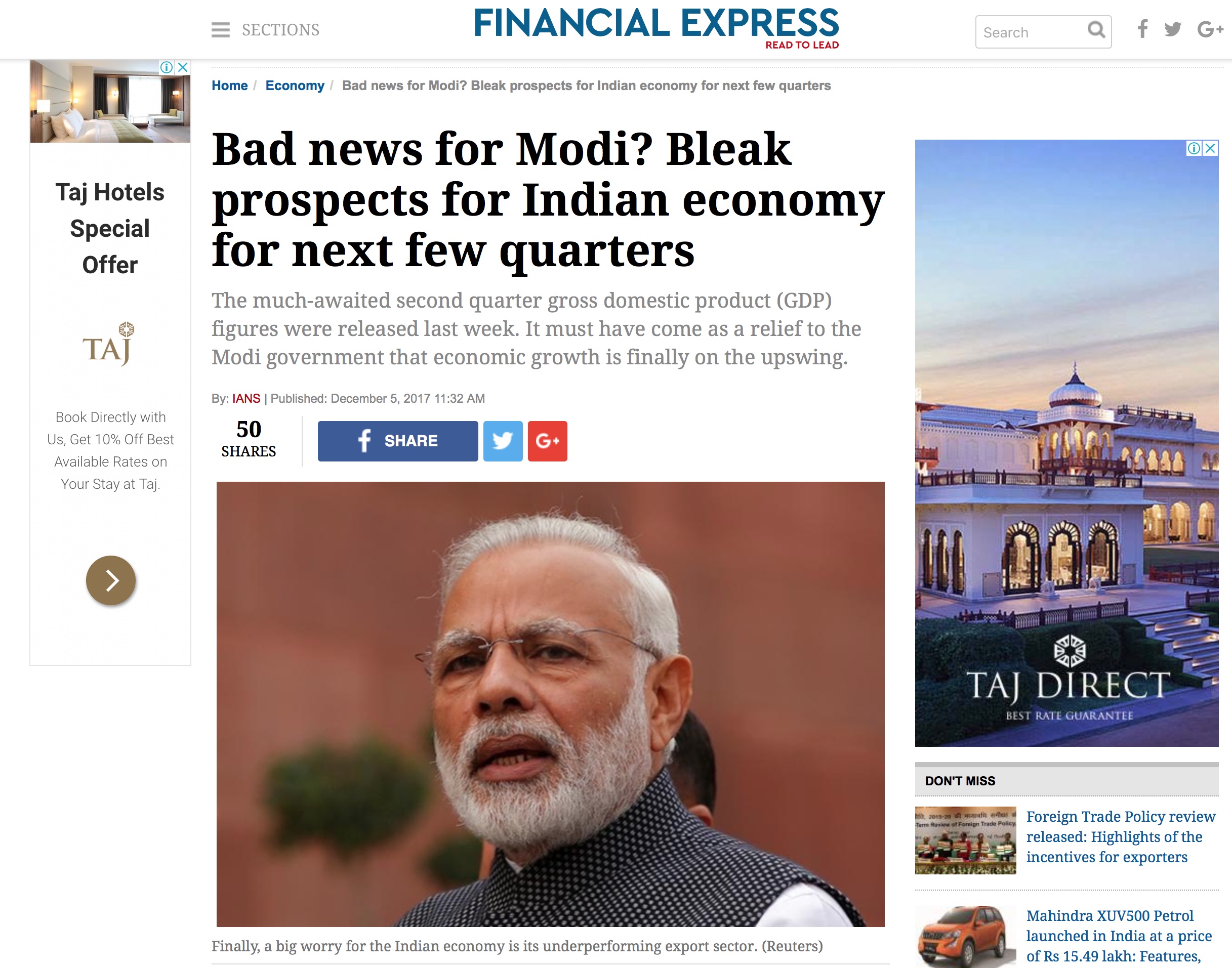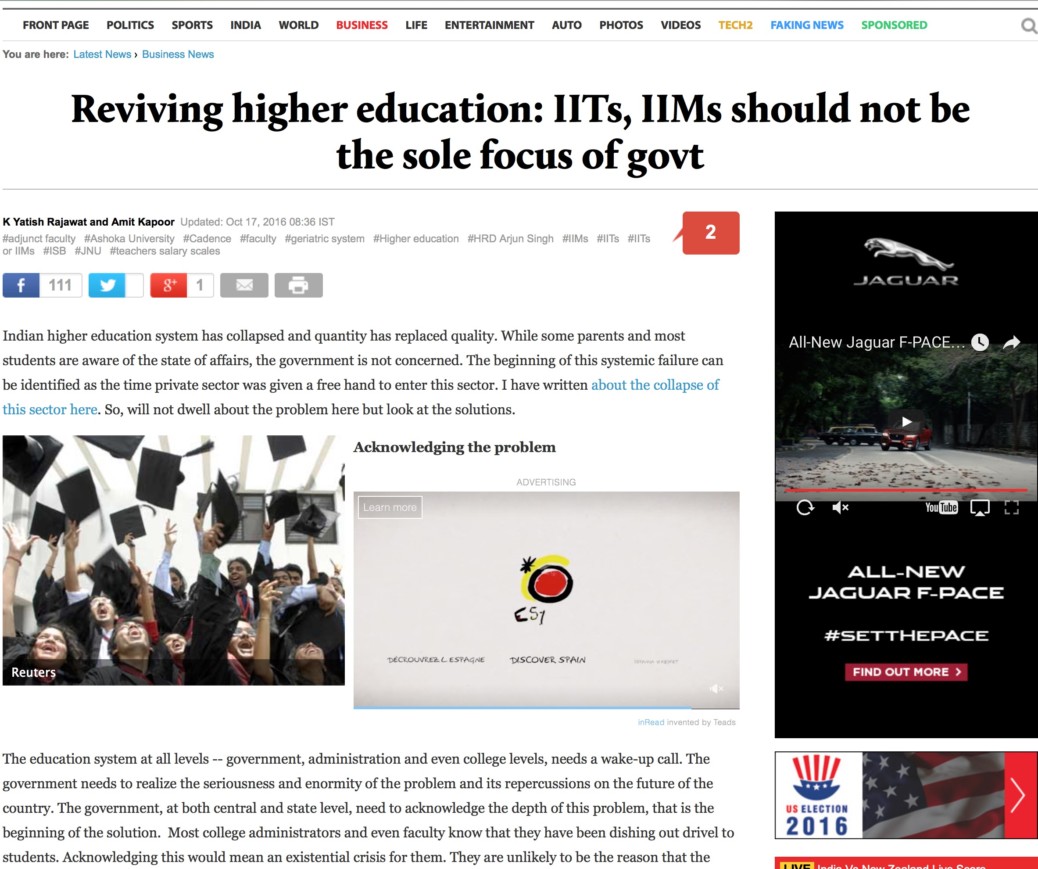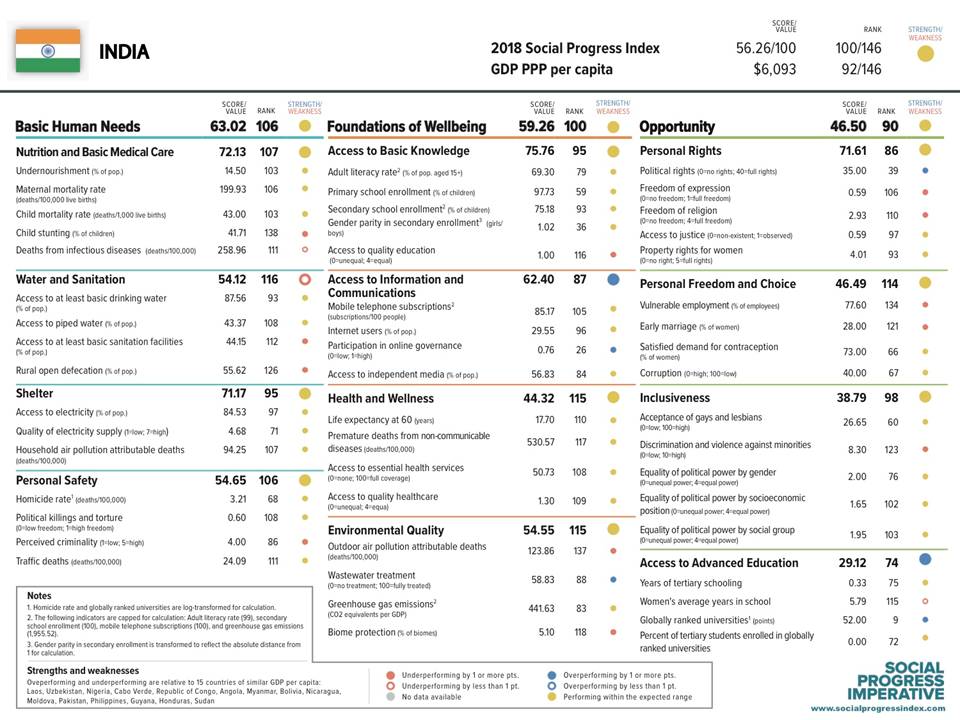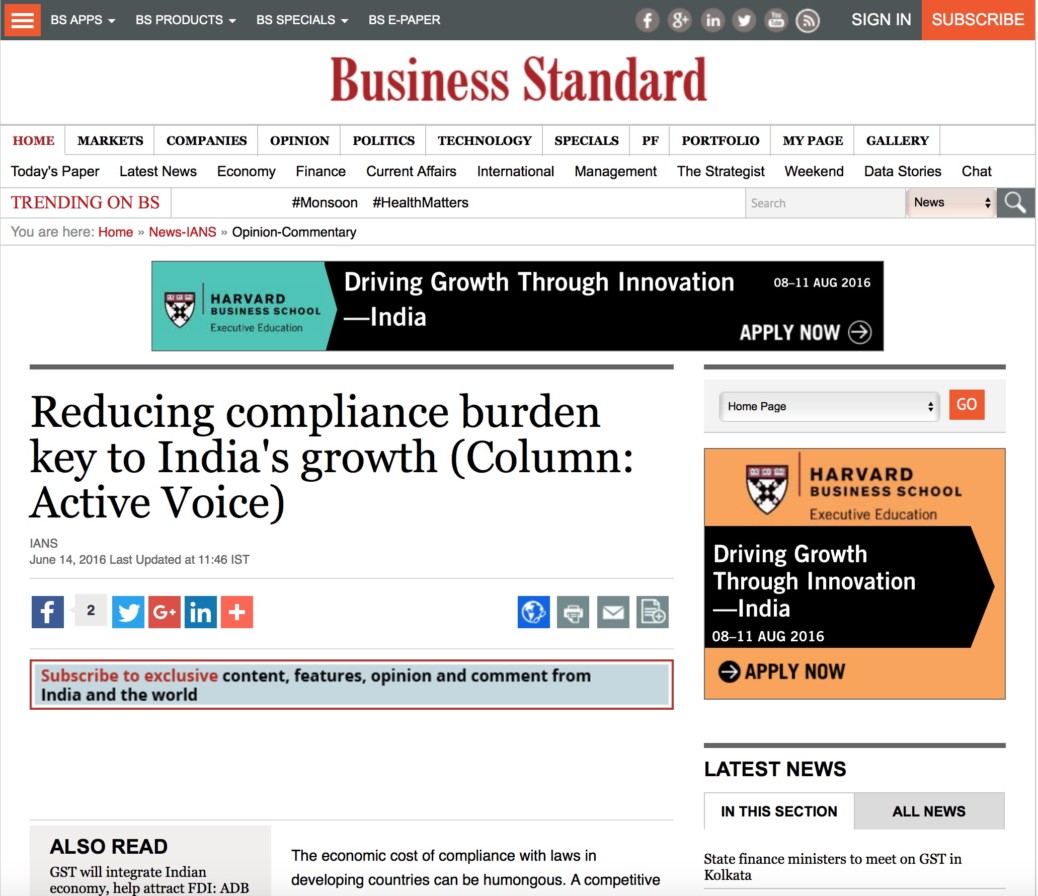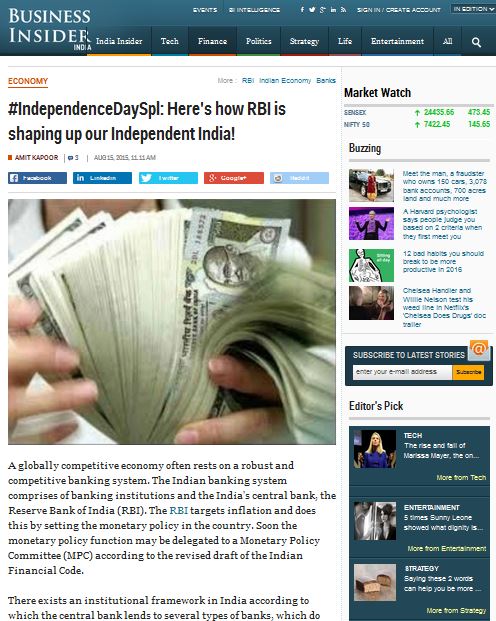Trade, Tariff and Tensions
Whilst the tensions between the U.S. and China have blown hot and cold over the last few years, India has largely been a disinterested bystander with only the consequential fear of slower global trade. However, the recent expansion of the protectionist attitude of the US concerning global trade across the Asian continent and precisely onto India came as a setback to the newly elected Modi government. Though the U.S. has repeatedly mentioned India’s tremendously high tariffs on American products, the latter’s expulsion as a beneficiary from Generalized System of Preferences (GSP) programme was still not anticipated.
The GSP Programme is an effort to facilitate opportunities for 120 of the world’s developing and least developed nations to use trade to grow their economies and climb out of poverty. Being the oldest and largest preferential tariff system, GSP promotes sustainable economic development by providing duty-free treatment for over 3500 products when imported by the U.S. from one of the designated beneficiaries. The programme thereby enables these recipients to embrace fair and reciprocal trade with the US. For instance, in the year 2018, the program exempted Indian goods worth more than $6 billion from import duties. As a result, India exported products worth around $54 billion to the United States in the same year and bought $33 billion worth of American goods.
The U.S. decision to terminate the GSP has come after the country’s repeated demands for greater market access for a range of products, which India has been postponing. Over a period of time, the program certainly helped India to export more. But the US trade deficit with India has fallen from USD 24.4 billion in 2016 to USD 21.3 billion in 2018. This couldn’t have been possible if India wasn’t providing reasonable market access to its largest trading partner.
India in the past has been accommodative of US trade tariffs and embargos but this time it has retaliated by imposing duties in about 29 goods of US origin worth $200 million. However, it would be mutually beneficial for both the economies if the situation does not aggravate into a series of retaliatory bouts. A robust relationship with the U.S would ensure stronger diplomatic and trade engagements. In the on-going trade war with China, the U.S. needs allies and India can prove to be a useful one. Thus, it is immensely myopic to alienate India; especially when India’s trade surplus with the US is merely $23 billion against China’s $323 billion.
With rising unemployment, tapering off foreign investments and sluggish growth, the stakes for the Indian economy are too high to get involved in any unnecessary trade war. Being a part of this program is crucial for Indian gems, jewellery, and textiles sector as the U.S. is a major importer of these markets. Thus, resolving the issues with constructive negotiations would prove to be a win-win for both the countries.
In the light of these facts, a less strained relationship between both the economies would be beneficial for the businesses that are relocating out of China due to soaring manufacturing cost. It is an opportune time for India to capitalize on this situation and attract massive FDI inflows stimulating its own economic growth.
On his recent 3-day visit to India, Mike Pompeo, the US Secretary of State, met the Indian External Affairs minister S. Jaishankar and decided to “work through” the trade issues. These transparent and consultative dialogues had set the stage for Modi-Trump talks in the G-20 summit held in Osaka. Both the leaders have jointly agreed to sort out these contentious issues relating to trade imbalances in order to re-develop the global strategic partnership. These are steps in the positive direction, but only time will tell if these bilateral talks can iron out altercations without compromising India’s national interests.
The article was published with Business World issue dated May 25 to June 11, 2019


